The Ultimate Guide to Stinging Nettle Recipes explores how to forage, harvest, and prepare nutritious dishes like nettle soup, steamed nettles, and pesto.
Stinging nettles are a nutrient-rich wild plant with a long history of culinary and medicinal use.
From classic stinging nettle soup to steamed nettles and pesto, this stinging nettle recipes guide will show you how to harvest, prepare, and enjoy nettles safely.
Whether you’re a seasoned forager or new to edible wild plants, this article will help you make the most of this powerhouse green.

Table of Contents
- What Are Stinging Nettles and Why Use Them in Cooking?
- How to Find Stinging Nettles and Forage Safely
- The Best Time to Harvest Stinging Nettles
- How to Harvest Nettles Without Getting Stung
- How to Deactivate the Stingers in Stinging Nettles
- Benefits of Stinging Nettle
- What part of Stinging Nettle is edible?
- How to use stinging Nettles in recipes?
- What do stinging nettles taste like?
- Can you eat nettles raw?
- stinging nettle recipes
- Classic Stinging Nettle Soup Recipe
- Steamed Nettles: A Simple and Nutritious Side Dish
- How to Make Stinging Nettle Pesto
- Garlic Nettle Chips
- Nettle Smoothie
- Nettle Tea
- Nettle Powder
- Key Takeaways:
What Are Stinging Nettles and Why Use Them in Cooking?
Why eat nettles if they sting? This defense mechanism evolved to protect the plant from overharvesting by both humans and animals, as nettles are packed with valuable nutrients.
Stinging nettles (Urtica dioica) are wild greens covered in tiny hairs that can cause skin irritation. However, when cooked, they lose their sting and become a delicious and nutritious leafy green similar in flavor to spinach. Nettles are full of nutrients, high in protein, and rich in vitamins and minerals.
How to Find Stinging Nettles and Forage Safely
Nettle belongs to the same botanical family as mint and is easy to identify. The fine hairs (trichomes) on its stems and leaves are visible and can cause irritation when touched. It has sharply toothed, somewhat heart-shaped leaves that range from bright green to purple. Nettle thrives in nutrient-rich soils, often appearing atop compost heaps. It is both sun-loving and shade-tolerant, growing abundantly from sea level to sub-alpine regions.
Foraging for nettles is rewarding, but it’s important to find stinging nettles in clean areas away from roads or polluted water.
The Best Time to Harvest Stinging Nettles
Nettles are traditionally eaten in early spring and are among the first edible green shoots to appear. Harvest their leaves before they blossom for the best texture and nutrition. Once they flower, the leaves become tougher, more bitter, and less palatable. They may also cause irritation in the urinary tract for some people.
How to Harvest Nettles Without Getting Stung
When harvesting nettles, wear long sleeves, garden gloves and garden knife. Use scissors to snip the top few inches of the plant, as these are the most tender and nutrient-rich parts. Once you collect your leaves and stems give them a shake before you bring them home to prevent insect or spider visitors.
How to Deactivate the Stingers in Stinging Nettles
Stalks and leaves are covered with countless stinging hairs. They contain a mixture of histamine and formic acid that forms small blisters, which irritate and burn. You can apply leaves of plantain (plantago lanceolata) or dock leaves that you simply grind between your fingers and apply on the sting. Remove the nettle hair with a magnifying glass and tweezers also helps.
Benefits of Stinging Nettle
Nettle is one of the most nutritious plants, offering a wide range of medicinal benefits for both the body and skin. Here are some key benefits:
Cleansing Nettle
Nettle is considered a universal cleanser due to its high chlorophyll content. This accelerates detoxification and cleanses the digestive system, helping to fight bloating and bad breath.
Nettle for Healthy Bones and Teeth
Rich in calcium and magnesium, nettle supports healthy bones and teeth. These minerals are easily absorbed by the body, making nettles a great alternative to supplements.
Relieve Hay Fever Symptoms
Nettle has anti-inflammatory properties and can help relieve seasonal allergies, like hay fever. It works by blocking histamine receptors that trigger allergy symptoms.

What part of Stinging Nettle is edible?
The most popular part of the nettle that is used in most recipes is its green leaves. However, few people know that the most nutritious part of the nettle is hidden in its seeds. nettle seeds are rich in fatty acids and vitamin E. Therefore very beneficial for our skin and nervous system. Nettle seeds are easy to add to these seed crackers.
In early spring or late autumn one can also forage nettle roots. They appear to have different medicinal properties than the leaves.
They stimulate hair growth or increase the flow rate and urinary volume in men. However, roots are hard to eat, they are the most popular in the form of tincture.
How to use stinging Nettles in recipes?
The best stinging nettle leaves to eat are the young ones that grow in early spring. So when you have an opportunity to forage these, just freeze them. Before that, it is advisable to steam them or blanch them in salted water so they lose their sting. Drain them by squeezing out excess water, packing them into a Ziploc, labeling them, and freezing them. They will lose their freshness but will be good for soup, pasta or puree.
If you decide to boil them in boiling water, you can sautee them the same way as you make spinach.
What do stinging nettles taste like?
Nettles have a rich, earthy, spinach-like flavor. Their flavor differ with the season and with the age of the plant. Young nettles are tastier, crispy, and nutritious, while older nettles, especially after they bloom, have a tough and woodier taste that makes them less edible.

Can you eat nettles raw?
Sure, you can. Just make sure you use one of the methods I suggested above, which is grinding or crushing them, to eliminate their sting.
stinging nettle recipes
Classic Stinging Nettle Soup Recipe
This classic stinging nettle soup is nutrient-rich and easy to make. You’ll need fresh nettles, a large pot, onion, garlic, potatoes, and vegetable broth. Bring to a boil, puree, and enjoy a smooth, creamy soup full of nutrients.
Steamed Nettles: A Simple and Nutritious Side Dish
Steamed nettles are a quick and nutritious side dish. Place fresh nettles in a colander and steam them over boiling water until they wilt. Serve with a drizzle of olive oil and a sprinkle of chive for added flavor.

How to Make Stinging Nettle Pesto
Just like wild garlic pesto, stinging nettle pesto is a flavorful twist on the classic recipe. Blanch the nettles, then blend them with cashew, garlic, olive oil, and parmesan for a delicious spread.
Garlic Nettle Chips
These healthy nettle crisps are another brilliant alternative to shop-bought snacks. They are cheap, easy to make, tasty, and super good for you. The recipe card is attached.

Nettle Smoothie
Crushing the nettle leaves allows you to prepare smoothies or pesto.
This nutritious cocktail will put you on your feet, cleanse your body from accumulated toxins, and boost your energy levels.

Nettle Tea
Dried leaves are best to use in teas.

Nettle Powder
I like to grind them to make nettle powder that I can later add to daily into food, mix them with salt and use it in dressings or on salads.

Key Takeaways:
Foraging and cooking with nettles is a great way to enjoy wild greens in your meals!
Stinging nettles are an edible wild plant high in protein and vitamins.
Harvest them in early spring using gloves and scissors to avoid getting stung.
Blanching,steaming or grinding removes their sting, making them safe to eat.
They can be used in soups, pesto, steamed dishes, and more.
No fail Sea Salt and Garlic Nettle Chips
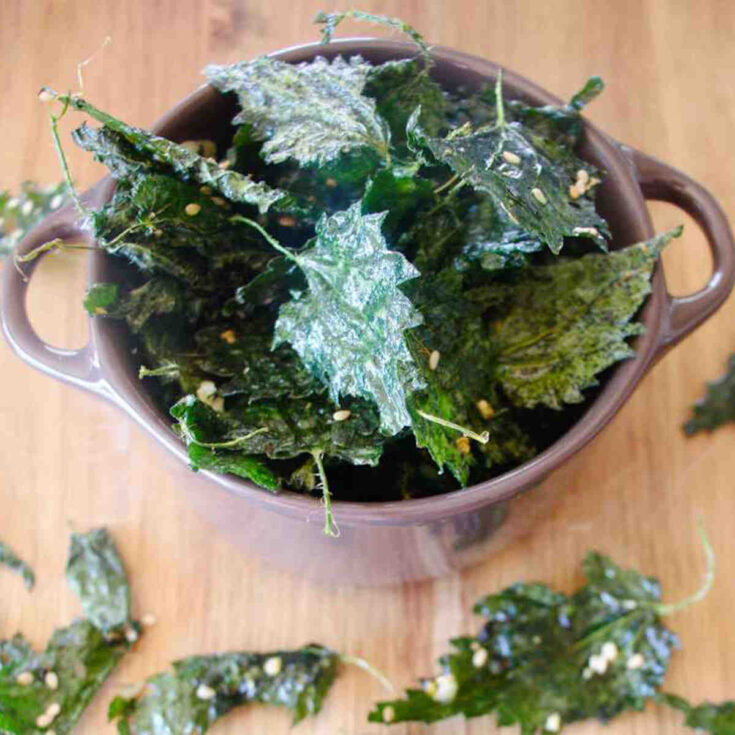
These homemade Nettle chips are another brilliant alternative to shop bought snacks. They are cheap, easy to make, tasty and super good for you.
Ingredients
- 6 hand full nettle leaves
- 3 table spoons olive oil
- 2 garlic cloves minced
- 1 teaspoon sea salt
- 3 tablespoons sesame seeds
- Freshly ground pepper
Instructions
- Wash and dry the nettles, stripping the leaves from any stem.
- Combine all the seasoning ingredients in a large bowl. Toss in your leaves, so they get a good coating
- Place the nettles on a baking sheet in a single layer. Note the leaves will still sting at this stage so take care and DON’T be tempted to try one yet! (Cooking the leaves will denature the sting).
- Bake in a low oven at around 160C (320 F) until they crisp up. How long the nettle crisps take will depend on how much moisture is in the leaves.
- The nettle crisps shown below took about 7 minutes, and I turned them over once during that time.
- They are easy to burn so watch them every few minutes to make sure they will not turn brown.
Recommended Products
As an Amazon Associate and member of other affiliate programs, I earn from qualifying purchases.
Nutrition Information:
Yield:
4Serving Size:
1Amount Per Serving: Calories: 127Total Fat: 13gSaturated Fat: 2gTrans Fat: 0gUnsaturated Fat: 11gCholesterol: 0mgSodium: 530mgCarbohydrates: 2gFiber: 1gSugar: 0gProtein: 1g


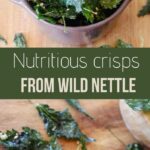
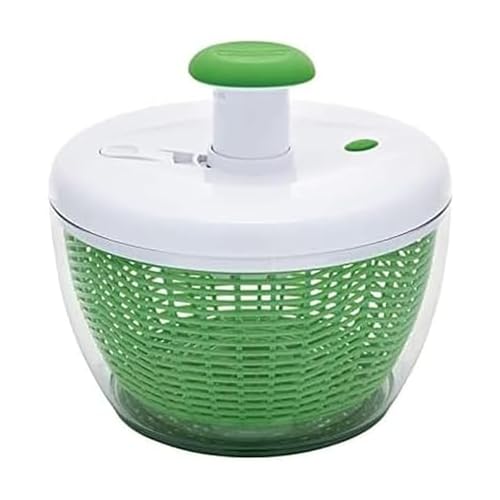




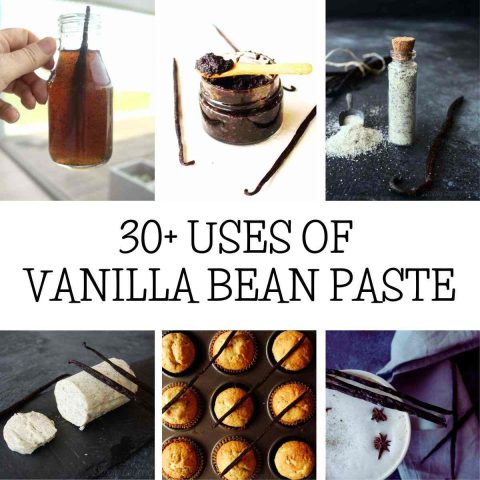

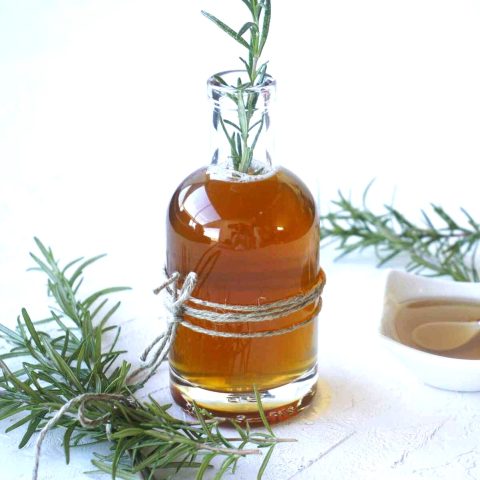


It’s interesting all the things you can make with nettles. I always thought of them as weeds that burnt if you touched them. I’ve had kale chips, but these sound like an interesting spin on those.
I was so curious as to how to eat nettle without it stinging lol. This has been helpful, that’s so easy! And the crisps look yummy!
In Ukraine, where I come from, green borscht made from young nettles, boiled eggs and sour cream is a traditional spring dish. And I heard about chips for the first time. Thank you!!! Very cool! And I make a pie from puff pastry, cheese, spinach and nettles. Delicious too!
Great article very useful information and easy to understand thanks a lot.
https://business-ideas-uk.co.uk/